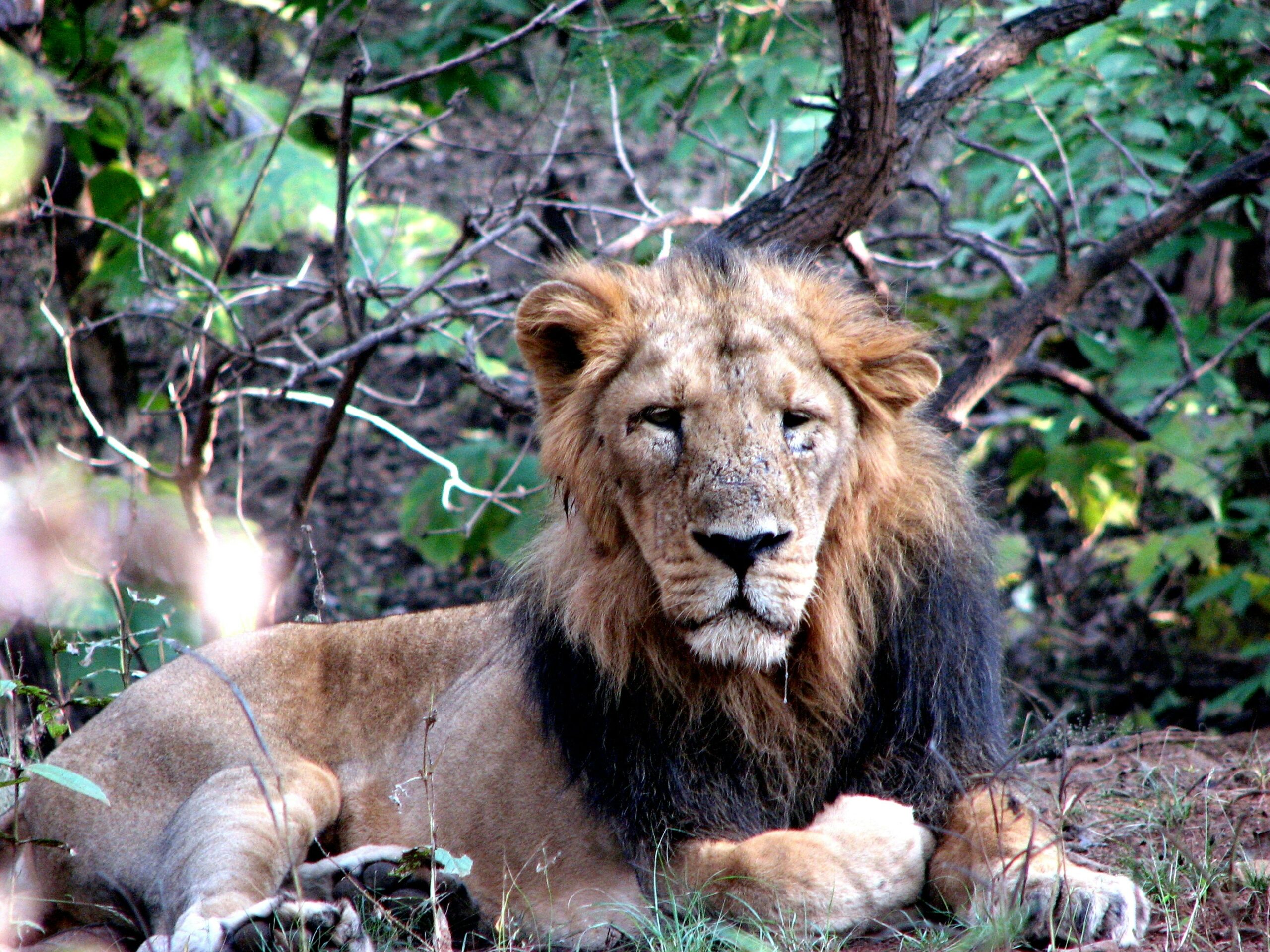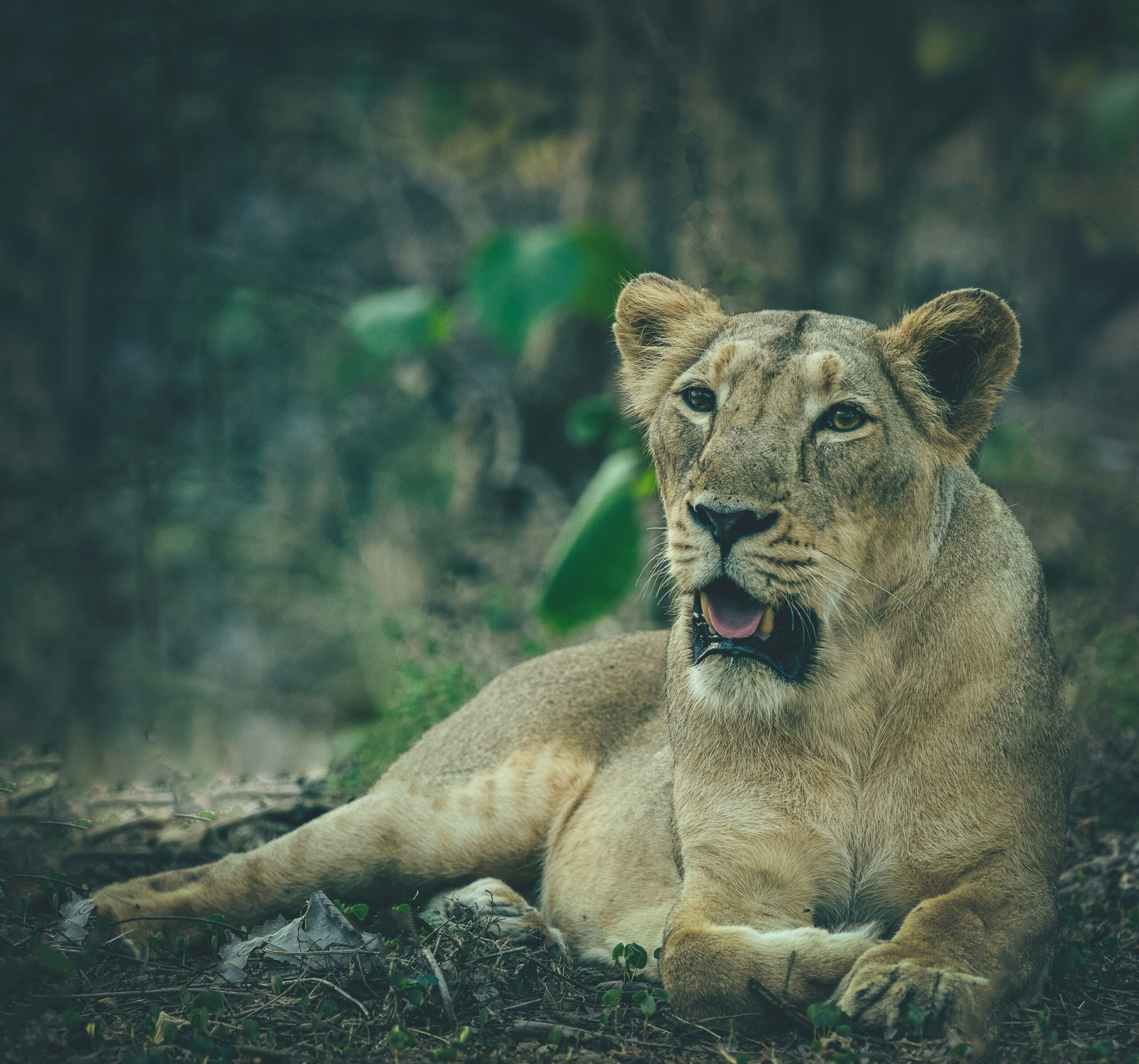If you’ve ever dreamed of seeing a lion in the wild—not behind glass or fences, but in its natural habitat—Gir National Park is your gateway. Located in Gujarat’s Junagadh district, Gir is the only place on Earth where the majestic Asiatic lion roams free. But the park is more than just big cats. It’s a thriving ecosystem of leopards, deer, crocodiles, birds, and tribal communities that live in harmony with nature.
To truly experience the magic of Gir, timing is everything. The best time to visit Gir National Park depends on what you’re looking for—whether it’s peak wildlife sightings, lush landscapes, or a peaceful retreat. Let’s break down the seasons and help you plan your perfect safari.
🗓️ Gir National Park Season Overview
Gir National Park is open to visitors from mid-October to mid-June. The park remains closed during the monsoon season (mid-June to mid-October) to allow the forest to rejuvenate and ensure the safety of wildlife and tourists.
Here’s a breakdown of the three main seasons:
- Winter (October to February): Cool, comfortable, and ideal for sightseeing.
- Summer (March to mid-June): Hot but excellent for wildlife sightings.
- Monsoon (mid-June to mid-October): Park closed; lush but inaccessible.
❄️ October to February: The Ideal Season for Comfort and Exploration
The best time to visit Gir National Park for most travelers is during the winter months. The weather is pleasant, the forest is lush post-monsoon, and the chances of spotting wildlife are high.
Why It’s Ideal:
- Temperature: Ranges from 10°C to 25°C—perfect for morning and evening safaris.
- Visibility: Clear skies and crisp air enhance photography and animal tracking.
- Festive Vibe: Many local festivals and cultural events take place during this time.
What You’ll Experience:
- Morning Safaris: Lions are most active during dawn—cool temperatures make it enjoyable.
- Birdwatching: Migratory birds like flamingos, pelicans, and eagles flock to the park.
- Family-Friendly Travel: Comfortable climate for kids and elderly travelers.
This season is perfect for first-time visitors, families, and those looking for a relaxed yet immersive wildlife experience.
☀️ March to Mid-June: The Best Time for Big Cat Sightings
If your goal is to spot lions, leopards, and other predators in action, summer is the best time to visit Gir National Park. As water sources shrink and vegetation thins, animals become easier to spot near watering holes and open trails.
Why It’s Worth It:
- High Visibility: Sparse foliage makes it easier to spot and photograph wildlife.
- Peak Predator Activity: Lions and leopards are more active during early mornings and late evenings.
- Fewer Tourists: Less crowded, offering a more intimate safari experience.
What to Keep in Mind:
- Temperature: Can soar up to 40°C—carry water, wear light clothing, and avoid midday outings.
- Safari Timing: Early morning and late afternoon safaris are best to avoid the heat.
- Stay Cool: Choose accommodations with air conditioning and shaded courtyards.
This season is ideal for wildlife photographers, serious safari-goers, and those seeking dramatic sightings.
🌧️ Mid-June to Mid-October: Monsoon Magic (Park Closed)
While the monsoon transforms Gir into a lush, green paradise, it’s not the best time to visit Gir National Park—because it’s closed to tourists. The rains rejuvenate the forest, replenish water bodies, and allow wildlife to breed and roam undisturbed.
Why It’s Important:
- Conservation Priority: The park closes to protect both wildlife and visitors.
- Scenic Beauty: Surrounding areas like Somnath and Junagadh are beautiful during rains.
- Alternative Activities: You can explore Devaliya Safari Park (if open), temples, and tribal villages nearby.
If you’re planning a trip during monsoon, consider combining it with other destinations in Gujarat and return to Gir once the park reopens.
📅 Month-by-Month Guide: Best Time to Visit Gir National Park
| Month | Weather | Wildlife Sightings | Travel Experience |
| October | Pleasant | Moderate | Post-monsoon greenery |
| November | Cool | Good | Ideal for families |
| December | Crisp | Excellent | Peak safari season |
| January | Cold mornings | Excellent | Great for birdwatching |
| February | Mild | Excellent | Comfortable travel |
| March | Warm | High | Best for big cat sightings |
| April | Hot | Very High | Sparse crowds |
| May | Very Hot | Very High | Best for photographers |
| June | Hot + Humid | Moderate | Park closes mid-month |
| July–Sept | Rainy | Closed | Not accessible |
🧭 Suggested Seasonal Itineraries
Here’s how you can tailor your Gir experience based on the season:
Winter Itinerary (October–February):
- Day 1: Arrival and check-in
- Day 2: Morning safari + birdwatching trail
- Day 3: Visit Devaliya Safari Park + tribal village walk
Summer Itinerary (March–June):
- Day 1: Arrival and evening safari
- Day 2: Early morning safari + photography session
- Day 3: Visit Kamleshwar Dam + Kankai Mata Temple
💡 Travel Tips Based on Season
- Winter: Carry light woolens, book safaris early, and enjoy outdoor dining.
- Summer: Stay hydrated, wear breathable clothing, and choose AC accommodations.
- Monsoon: Explore nearby heritage sites and plan your Gir visit post-reopening.
🚆 How to Reach Gir National Park
- By Air: Nearest airport is Rajkot (160 km) or Diu (100 km).
- By Train: Junagadh and Veraval are the closest railway stations.
- By Road: Well-connected via NH8D from Ahmedabad, Rajkot, and Somnath.
Local transport includes taxis, shared jeeps, and package-included transfers.
🏨 Where to Stay
Depending on the season, choose accommodations that suit your travel style:
- Winter: Forest-view cottages, eco-lodges, and boutique resorts.
- Summer: AC rooms, shaded courtyards, and poolside retreats.
- Monsoon: Stay in nearby towns and plan for post-season safaris.
Popular options include The Fern Gir Forest Resort, Woods at Sasan, and Gir Jungle Lodge.
Gir National Park is not just a destination—it’s a living story of survival, coexistence, and raw beauty. And the best time to visit Gir National Park depends on what you seek: comfort, sightings, or solitude. Whether you’re tracking lions at dawn, listening to birdsong by the dam, or sharing stories with tribal elders, Gir offers a journey that stays with you long after you leave.



